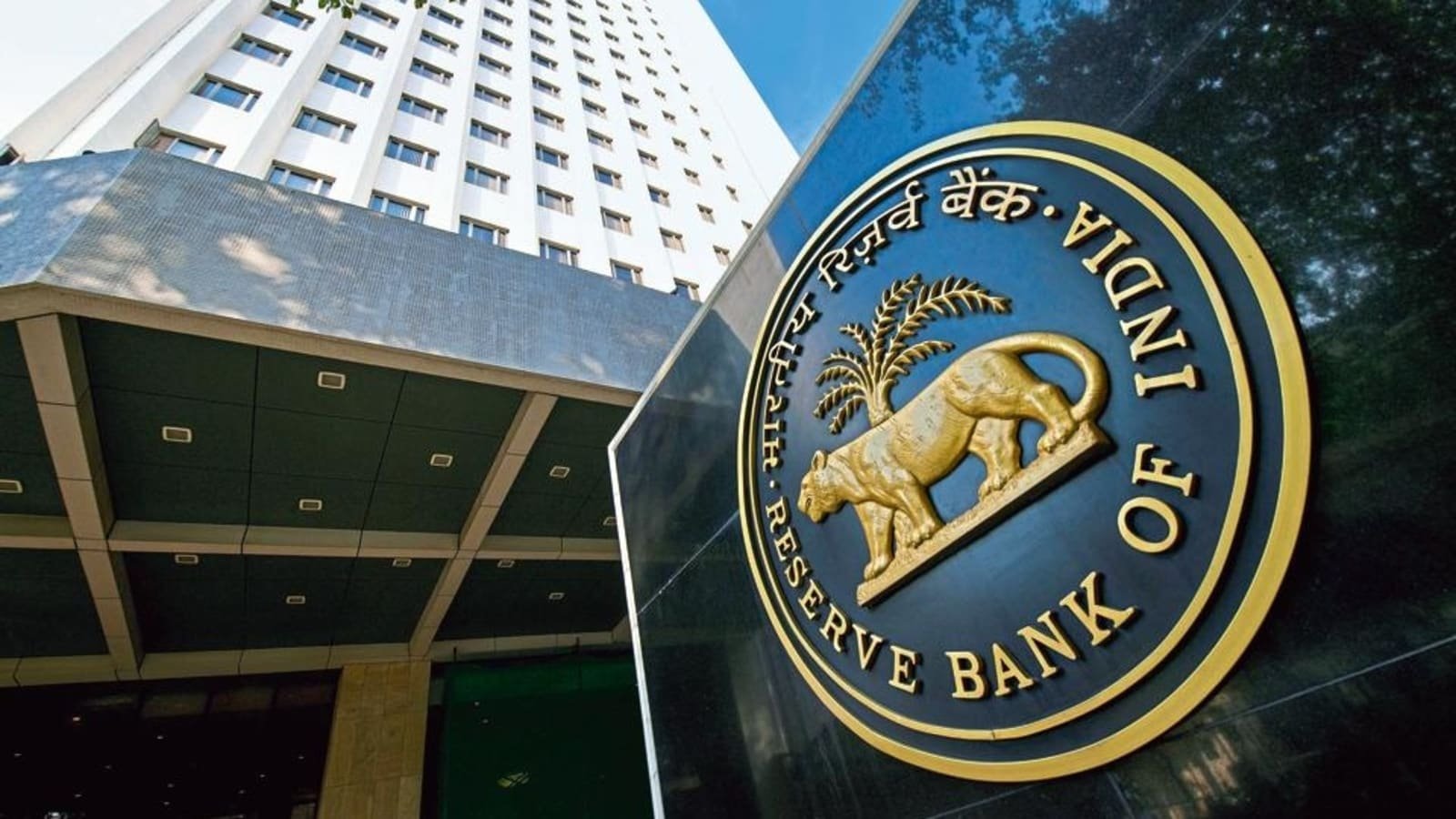Mumbai: In a landmark decision, the Reserve Bank of India (RBI) has lowered the repo rate by 25 basis points, reducing it from 6.5% to 6.25%. This marks the first rate cut in five years, with the previous reduction occurring in May 2020. The announcement was made by newly appointed RBI Governor Sanjay Malhotra during the Monetary Policy Committee (MPC) meeting held on Friday, February 7.
The central bank had maintained the repo rate at 6.5% for the past two years, despite growing calls for a reduction to support economic growth. Governor Malhotra emphasized the importance of economic efficiency and stated that the RBI remains committed to further enhancing, rationalizing, and improving the prudential framework to maintain financial stability.
Economic Impact and Policy Rationale
The decision to cut the repo rate comes just a week after the conclusion of the Union Budget session, which introduced major tax relief measures, including the elimination of personal income tax for individuals earning up to Rs 12 lakh annually. The RBI noted that while the Indian economy remains strong, it is not entirely shielded from global economic challenges.
Governor Malhotra highlighted that inflation has been relatively stable under the existing monetary policy framework, providing the central bank with room to ease rates. “The Indian economy is still robust, but it is not impervious to global challenges,” he said, reinforcing the need for a balanced approach in monetary policy.
Global Context and Market Reactions
The RBI’s rate cut follows concerns over the ongoing US-China trade tensions, which continue to influence global markets. The recent decision by US President Donald Trump to temporarily delay tariffs on Canada and Mexico has created uncertainty in international trade. As a result, the US dollar strengthened against major global currencies earlier this week, adding to fears of prolonged economic disruptions.

Domestically, the reduction in the repo rate is expected to provide relief to borrowers, particularly in sectors such as housing and small businesses. Market analysts anticipate that commercial banks may soon follow suit by reducing lending rates, making credit more accessible and potentially stimulating economic growth.
Outlook and Future Policy Measures
The RBI has signaled that it will continue to monitor inflation trends, global economic conditions, and domestic growth indicators before making further policy adjustments. The central bank’s decision to reduce the repo rate is expected to foster an environment conducive to investment and consumption, providing a much-needed boost to India’s economic momentum.
As the financial sector and businesses adapt to the new rate, experts will closely watch the RBI’s future policy stance to gauge the trajectory of interest rates and economic growth in the coming months.






